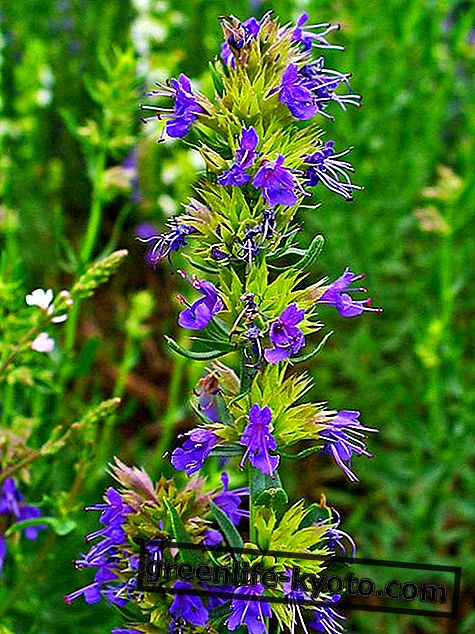
Generally yoga is connected to the classic figure of a peaceful, placid, accommodating, compassionate guru with a sweet character. Rarely does anyone consider a spiritual master with a strong, bright Leonine character, because yoga is associated more often with peace than with strength.
Yet Swami Vivekananda, aka Narendranath Datta, in his life embodied all the characteristics of the true spiritual warrior, under the guidance of master Sri Ramakrishna.
Sri Ramakrishna, the master of Swami Vivekananda
It is important to briefly introduce Sri Ramakrishna, an emblematic figure of the Bengali renaissance at the turn of the nineteenth and twentieth centuries.
Of humble origins and lacking a true education, from a very young age he experiences mystical experiences that orient him towards a spiritual life.
One of the reasons why many consider it a real avatar, or an incarnation of the Divine, is his being able to realize all the spiritual goals until then considered irreconcilable .
He had brought together in himself the realization of personal divinity and the absolute and transcendent Brahman, two real oxymorons, as he had to realize the ultimate truth of Hinduism, Islam and Christianity, finding that all currents lead to the same origin starting from the same source .
However, Sri Ramakrishna, despite his superhuman knowledge, never learned English or strove to preach his experience, because his character was similar to that of a yielding child and ready to accept all that the divine Mother offers him.
Swami Vivekananda and his teacher
To spread this message successfully and make an impact on the world, a strong personality was needed , like that of Swami Vivekananda .
Of aristocratic origin, he had a princely character in a strong and well cultivated body . He excelled in sports, including boxing, and was a real talent in singing.
Thirsty for knowledge and passionate about the fate of his nation crushed by British imperialism, he was rather skeptical about the mystical experiences of the sadhus who walked the streets of India.
But one day he was able to meet Sri Ramakrishna, who recognized him as a chosen soul not yet conscious. Initially Sri Ramakrishna's eccentric and unreasonable behavior put him on the alert, but then in a short time Vivekananda could experience cosmic consciousness and samadhi at his side .
The life and mission of Swami Vivekananda
Despite a composed devotion and a thorough understanding of Sri Ramakrishna's work, Swami Vivekanada had a different character.
While the former used to be moved and behave in a bizarre way (bowing to cats, talking to statues and dressing like a woman), Vivekananda was extremely sober, more devoted to knowledge than devotion (at least outwardly).
Once Sri Ramakrishna left the body, Swami Vivekananda wrote a work on the still unsurpassed yoga, his Complete Work which includes the monumental Raja Yoga .
Thanks to this work, yoga emerged from the secret mists of Indian gurus to offer itself to the world in its true aspect, still ignored and reduced to a sort of gymnastics combined with meditation.
But his mission did not end here. He founded the Ramakrishna Mission, which still exists in Calcutta and has several offices around the world.
In September 1893, he was also invited to Chicago to represent Hinduism in the parliament of world religions, the first congress that brought together all the leaders of the various cults.
Vivekananda's speech, unprepared but inspired by the moment, is still considered one of the greatest hymns to world peace and the union of all religions .
The last words of Swami Vivekananda
Thanks to him, the message and life of Sri Ramakrishna, a truly unique universal spiritual master, have spread throughout the world.
Later, at the age of 39, he felt he had done his work and consciously left the body , as he had prophesied himself .
Here is one of his legacies in this regard: " It is possible that he chooses to leave the body, to throw it as a used garment, but not for this I will cease to work! I will inspire men everywhere, until the whole world comes to understand that it is one with the Divine ".













